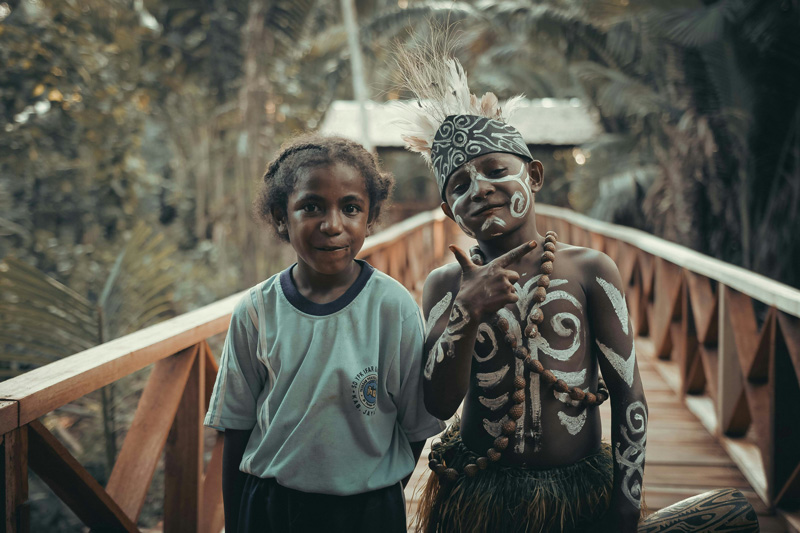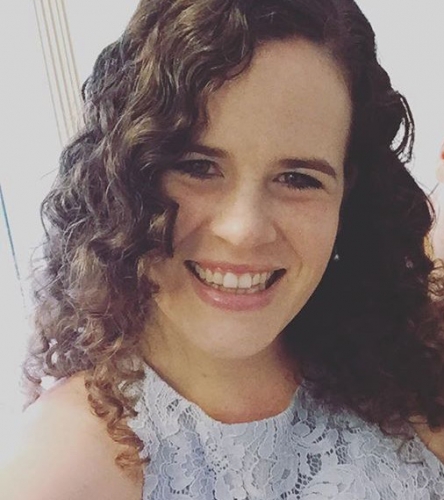Good communication sits at the heart of great healthcare. For Aboriginal and Torres Strait Islander patients, it’s about much more than just words; it’s about feeling respected, understood and safe. The way we speak, listen and connect can make all the difference to how someone experiences care. When there are barriers, whether it’s language, cultural differences, or even body language, patients can feel shut out or misunderstood. This can lead to missed appointments, confusion about treatment, or a lack of trust in the system. But when healthcare workers take the time to build rapport, listen carefully and adapt their communication style, patients feel more comfortable and supported. And that’s when real improvements in health outcomes begin.
Language in healthcare is about how we connect with people. For many Aboriginal and Torres Strait Islander patients, English may not be their first language. Some speak traditional languages, while others use Aboriginal English, which can sound familiar but often carries different meanings. This makes clear, simple communication especially important.
Subscribe for FREE to the HealthTimes magazine
It’s also about how things are said, not just the words themselves. Tone of voice, body language and more can all influence whether a patient feels comfortable. For example, taking time to pause, listening without rushing, and using open, friendly body language can help patients feel at ease. Healthcare can be full of jargon, acronyms and complicated explanations. But when doctors, nurses and allied health workers use plain language, it helps patients feel more confident about their care.
Building rapport with Aboriginal and Torres Strait Islander patients starts with respect and a willingness to listen. Small changes in the way healthcare workers communicate can make a big difference.
-
Take time to listen. Don’t rush the conversation. Allowing silence gives patients space to think and respond, and shows that their words are valued.
-
Check understanding gently. Instead of asking “Do you understand?”, which might make someone feel uncomfortable, try asking them to explain the plan back in their own words.
-
Use plain language and visual aids. Diagrams, pictures, or even simple story-style explanations can be much easier to follow than medical jargon.
-
Respect different communication styles. Remember that silence, pauses, or indirect answers can carry meaning. Adapting to these styles shows cultural respect.
-
Work with interpreters and Aboriginal Health Workers. They can bridge gaps in language and culture, making sure patients feel supported and understood.
At the heart of all these strategies is trust. When patients feel comfortable, they’re more likely to share important details about their health, ask questions, and follow through with treatment.
Good communication is about showing respect for culture. Respect can be shown in simple but powerful ways. Taking time to learn about a patient’s family and community connections shows that you value what matters to them. Understanding that decision-making often involves family members, not just the individual, helps make care feel more inclusive.
It’s also important to avoid rushing. Building rapport may take more than one appointment, especially if patients have had negative experiences with the health system in the past. A warm greeting, patience and a willingness to listen without judgement can go a long way.
While individual healthcare workers can make a big difference through the way they communicate, long-term change also relies on the health system itself. Building rapport with Aboriginal and Torres Strait Islander patients needs to be supported at every level. Cultural competence training is an important step. When all staff, from doctors and nurses to receptionists, learn about cultural safety, communication styles, and the history of Aboriginal and Torres Strait Islander health, they are better prepared to connect with patients in a respectful way.
Access to interpreters and Aboriginal Health Workers is also vital. Clinics and hospitals need to prioritise these roles, making sure they are available when patients need them. This support should be seen as essential for safe and effective care.
Language and communication are the building blocks of trust in healthcare. For Aboriginal and Torres Strait Islander patients, feeling listened to and respected can be just as important as the treatment itself. When healthcare workers take the time to use plain language, respect cultural differences and work with interpreters or Aboriginal Health Workers, they create stronger connections that lead to better health outcomes. By doing so, healthcare providers not only improve medical outcomes, but also help close the health gap and strengthen trust with Aboriginal and Torres Strait Islander communities.













